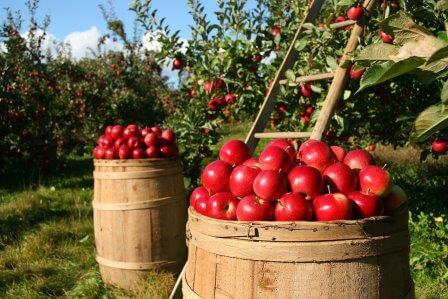SOIL SAMPLING – PROCEDURES, METHODS, SOIL pH
SOIL SAMPLING – PROCEDURES, METHODS, SOIL pH & IMPORTANCE INTRODUCTION Refers to obtaining of small quantity of soil that is representative in all aspects of the entire farm. Soil Sampling Procedures Clear the vegetation over the site. Dig out soil at depths of 15-25cm. Place the dugout soil in a clean container. Mix thoroughly the […]
SOIL SAMPLING – PROCEDURES, METHODS, SOIL pH Read More »
